“Keeping an Open Mind Is a Virtue, but not so Open that Your Brains Fall Out.”
Friday, June 12th, 2009— attributed to Jim Oberg, space journalist and historian
 Alan Sokal was a teaching assistant in my quantum mechanics (QM) course. I still recall vividly the day he came with a graph showing the spike of the first-ever observed strange particle. I remember, too, the playful twinkle in his eye. Thirteen years ago, Alan (at this point a physics professor at NYU) submitted a paper to the prominent cultural studies journal Social Text, titled “Transgressing the Boundaries: Towards a Transformative Hermeneutics of Quantum Gravity”.
Alan Sokal was a teaching assistant in my quantum mechanics (QM) course. I still recall vividly the day he came with a graph showing the spike of the first-ever observed strange particle. I remember, too, the playful twinkle in his eye. Thirteen years ago, Alan (at this point a physics professor at NYU) submitted a paper to the prominent cultural studies journal Social Text, titled “Transgressing the Boundaries: Towards a Transformative Hermeneutics of Quantum Gravity”.
On the day of its publication, Alan announced that the article was a hoax, “an experiment to see if a journal would publish an article liberally salted with nonsense if (a) it sounded good and (b) it flattered the editors’ ideological preconceptions.” The editors of Social Text argued that Alan inadvertently expressed great truths in his article that even he wasn’t aware of – though they did take the precaution of having submissions peer-reviewed thereafter.
Slow forward thirteen years. Fundamentalist branches of organized religions made a comeback, trying to obliterate the separation between church and state and to reclaim the domain of natural philosophy wrested away from them by science. Some sprang to accommodate this “rapprochement” – most prominently Stephen Jay Gould with his theory of NOMA (non-overlapping magisteria), most loudly Matt Nisbet with his “framing” PR campaign. We’re also awash in instant experts, courtesy of the Internet. And all along, we have the very natural propensity to explain difficult concepts with analogies and metaphors.
As a result of this, religions from Christianity to Buddhism have been attempting to show that their tenets are compatible with concepts of reality developed through science. Their vehicle of choice is – you guessed it! – QM. QM enjoys particular favor for the same reasons that it appealed so greatly to the good folks of Social Text: it’s opaque, counter-intuitive, jargon-laden, safely remote from morality and has the cachet of vaguely-remembered great names associated with it (although Einstein opposed QM bitterly, because it couldn’t incorporate relativity and because he considered it ugly). The results look exactly like Alan’s hoax paper – except that, unlike his, they are serious.

For me this came recently to the fore when my blog-friend George Dvorsky posted a link to a video which purports to show where science and Buddhism meet. I watched it until I heard that “a particle is everywhere in the universe at all times”. At that point I turned the video off and wondered aloud why I wasted even moments of my finite life on such arrant nonsense.
The snippets presented as QM facts in the video are at best extremely sloppy thinking, at worst an attempt to preempt, appropriate and mislead as insidious as Intelligent Design. The Schrödinger equation, whose mangled presentation caused me to switch off the video, was the earliest mathematical description of a particle’s wave function. This formulation, although instrumental in the progress of QM, has problems with the time component and cannot integrate any aspect of relativity. The older formulations often lead to absurd results, such as zero denominators in equations — or infinitely spread particles. Since then, descriptions such as Feynman’s path integrals have solved some of these problems, although the final reconciliation may require the advent of a working grand unified theory.
Physicists and mathematicians are aware of these limitations when they use such constructs. In contrast, when people who are not conversant with a scientific concept use it to lend credibility to shaky or shady conclusions, they become demagogues and/or charlatans. And before anyone trots out the elitism hobby-horse, all I can say is, just have the next person you meet on the street repair your car or give you a haircut. The same logic applies, and no amount of skimming Wikipedia entries will make up for in-depth knowledge and critical thinking.
Buddhism has become fashionable among people who wish to be considered spiritual but not “conventionally” religious, many of them self-proclaimed progressives – hence it’s de rigueur not to criticize it. Some of its prestige comes from politics (primarily the Tibet/China situation, but only because it’s pertinent to US financial concerns), some from the intelligence and charisma of the current Dalai Lama, some from the simple fact that it appears exotic to Westerners when compared to the home-grown Abrahamic monotheisms.
 I like the aesthetics of Zen Buddhism very much. However, there is nothing to attract me in the religion’s misogyny (women cannot become Buddhas and must be reborn as men to attain Nirvana), its primitive cosmology of universe-toting turtles, its punitive stance that suffering is the result of bad past karma, its oppressive policies whenever it gained temporal power (including pre-Chinese Tibet, which was a far cry from Shangri-La) or the dog-like master/disciple formula that I dissected in my critique of that pinnacle of ersatz mythology, Star Wars.
I like the aesthetics of Zen Buddhism very much. However, there is nothing to attract me in the religion’s misogyny (women cannot become Buddhas and must be reborn as men to attain Nirvana), its primitive cosmology of universe-toting turtles, its punitive stance that suffering is the result of bad past karma, its oppressive policies whenever it gained temporal power (including pre-Chinese Tibet, which was a far cry from Shangri-La) or the dog-like master/disciple formula that I dissected in my critique of that pinnacle of ersatz mythology, Star Wars.
Worse yet, what is the outcome of suppressing desire, Buddhism’s ultimate goal? It’s the fate of the Miranda settlers in Serenity, the fate of any conscious being that gazes obsessively at its navel with the belief that reality is but an illusion. If this is true, why explore or invent? The Western religions have an awful lot to answer for. But at least in their figures of defiance, from Prometheus to Lucifer, they incorporate a key element: striving for something larger than one’s puny self without letting go of one’s individuality.
I’m often told that science strips away comforting illusions or the mysteries that add beauty and meaning to life. Yet which is a more potent (let alone true) image – stars as glittering nails in crystal domes, or as incandescent engines that create life? Science needs no pious platitudes or sloppy metaphors. Science doesn’t strip away the grandeur of the universe; the intricate patterns only become lovelier as more keep appearing and coming into focus. Science leads to connections across scales, from universes to quarks. And we, with our ardent desire and ability to know ever more, are lucky enough to be at the nexus of all this richness.
crystal domes, or as incandescent engines that create life? Science needs no pious platitudes or sloppy metaphors. Science doesn’t strip away the grandeur of the universe; the intricate patterns only become lovelier as more keep appearing and coming into focus. Science leads to connections across scales, from universes to quarks. And we, with our ardent desire and ability to know ever more, are lucky enough to be at the nexus of all this richness.


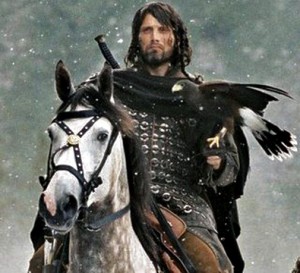 Two years ago, cancer struck me out of the clear blue sky at a moment in my life when I was gathering my strength for relaunching my research. I had just received two very hard-won grants after a lapse in funding that had essentially closed down my lab. The disease was at its early stages and I was spared the agony of chemotherapy, although some after-effects of the surgery (most prominently, severe fibromyalgia) are still with me.
Two years ago, cancer struck me out of the clear blue sky at a moment in my life when I was gathering my strength for relaunching my research. I had just received two very hard-won grants after a lapse in funding that had essentially closed down my lab. The disease was at its early stages and I was spared the agony of chemotherapy, although some after-effects of the surgery (most prominently, severe fibromyalgia) are still with me. I don’t believe in gods or an afterlife. Yet perhaps the only myth that can sustain us in such circumstances is Poul Anderson’s of the Ythrian Hunter God, a story that the medieval Greeks also told in their folksongs of Dighenís Akrítas: The Hunter will always prevail. The only thing you can do is give him a good hunt, for your own honor if not for his. Keep as much of your self and your life intact as long as you can. And do what you can to be long remembered, to leave that tiny footprint in the sand that will eventually get filled and smoothed away by the tide.
I don’t believe in gods or an afterlife. Yet perhaps the only myth that can sustain us in such circumstances is Poul Anderson’s of the Ythrian Hunter God, a story that the medieval Greeks also told in their folksongs of Dighenís Akrítas: The Hunter will always prevail. The only thing you can do is give him a good hunt, for your own honor if not for his. Keep as much of your self and your life intact as long as you can. And do what you can to be long remembered, to leave that tiny footprint in the sand that will eventually get filled and smoothed away by the tide.





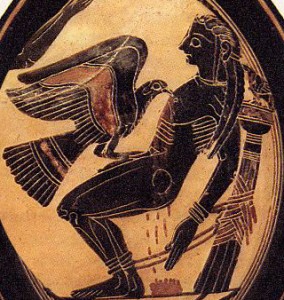 Experimental biologists, in particular, are faced with unique challenges: not only are they hobbled by ever-decreasing funds for basic research while expected to still deliver like before. They are also beset by anti-evolutionists, the last niche that science deniers can occupy without being classed with geocentrists, flat-earthers and exorcists. Additionally, they are faced with the complexity (both intrinsic and social) of the phenomenon they’re trying to understand, whose subtleties preclude catchy soundbites and get-famous-quick schemes.
Experimental biologists, in particular, are faced with unique challenges: not only are they hobbled by ever-decreasing funds for basic research while expected to still deliver like before. They are also beset by anti-evolutionists, the last niche that science deniers can occupy without being classed with geocentrists, flat-earthers and exorcists. Additionally, they are faced with the complexity (both intrinsic and social) of the phenomenon they’re trying to understand, whose subtleties preclude catchy soundbites and get-famous-quick schemes. So there I was, bright, science-oriented, competitive, unfeminine, demanding equal treatment, expecting my future partners to be both lovers and friends… blessed, too (or should it be cursed?) with my father’s unstinting love, as well as his frank appetites and eye for beauty in everything. Glumly contemplating the thorny path before me, I frequently complained to him for bequeathing the wrong chromosome to the zygote that produced me. A pragmatic man with a strong streak of defiant aloneness, he was unrepentant. The fourth of five brothers with no sister, he was ecstatic that his single child was a daughter to whom he could give the name of the mother they lost too early in a terrible accident – even though he had to fight with the priests, because the name was pagan (there was no separation of church and state in Greece at that time).
So there I was, bright, science-oriented, competitive, unfeminine, demanding equal treatment, expecting my future partners to be both lovers and friends… blessed, too (or should it be cursed?) with my father’s unstinting love, as well as his frank appetites and eye for beauty in everything. Glumly contemplating the thorny path before me, I frequently complained to him for bequeathing the wrong chromosome to the zygote that produced me. A pragmatic man with a strong streak of defiant aloneness, he was unrepentant. The fourth of five brothers with no sister, he was ecstatic that his single child was a daughter to whom he could give the name of the mother they lost too early in a terrible accident – even though he had to fight with the priests, because the name was pagan (there was no separation of church and state in Greece at that time). A scholarly essay must, of course, give examples… and not surprisingly, I didn’t find obvious snacho candidates among most mainstream fiction. But I can name a few in science fiction: Dominic Harlech, aka Niki Falcon in Emma Bull’s Falcon; Radu Drac in Vonda McIntyre’s Aztecs and Superluminal; the Servitors in Sheri Tepper’s The Gate to Women’s Country – who turn out to be the real men, rather than the so-called Warriors. And off the top of my head, I can think of four in film: Trevor Goodchild (Marton Csokas) in the film version of Aeon Flux; Sam Gillen (Jean Claude van Damme, who would have thunk!) in Nowhere to Run; Rob Roy McGregor (Liam Neeson) in Rob Roy; and, of course, Hawkeye (Daniel Day-Lewis) in The Last of the Mohicans. In that film, what pinpoints him as the quintessence of snachismo is not his undemonstrative bravery, the many skills, the untameable beauty, the way he makes love (though they all help!). The unmistakable signal is when Cora takes out her musket during the ambush by the Iroquois – and instead of telling her that ladies don’t do that kind of thing, he hands her his gunpowder pouch.
A scholarly essay must, of course, give examples… and not surprisingly, I didn’t find obvious snacho candidates among most mainstream fiction. But I can name a few in science fiction: Dominic Harlech, aka Niki Falcon in Emma Bull’s Falcon; Radu Drac in Vonda McIntyre’s Aztecs and Superluminal; the Servitors in Sheri Tepper’s The Gate to Women’s Country – who turn out to be the real men, rather than the so-called Warriors. And off the top of my head, I can think of four in film: Trevor Goodchild (Marton Csokas) in the film version of Aeon Flux; Sam Gillen (Jean Claude van Damme, who would have thunk!) in Nowhere to Run; Rob Roy McGregor (Liam Neeson) in Rob Roy; and, of course, Hawkeye (Daniel Day-Lewis) in The Last of the Mohicans. In that film, what pinpoints him as the quintessence of snachismo is not his undemonstrative bravery, the many skills, the untameable beauty, the way he makes love (though they all help!). The unmistakable signal is when Cora takes out her musket during the ambush by the Iroquois – and instead of telling her that ladies don’t do that kind of thing, he hands her his gunpowder pouch.
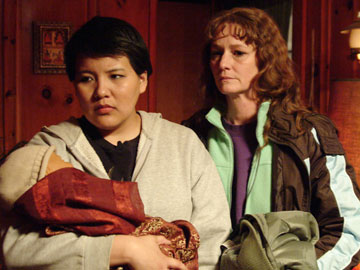





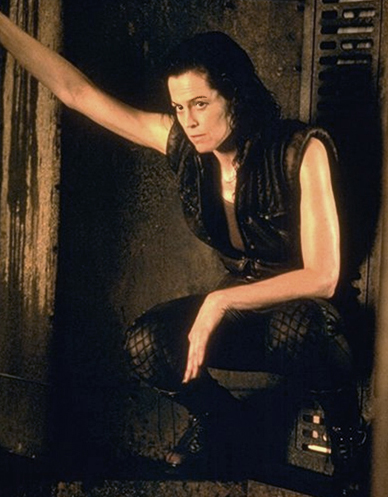
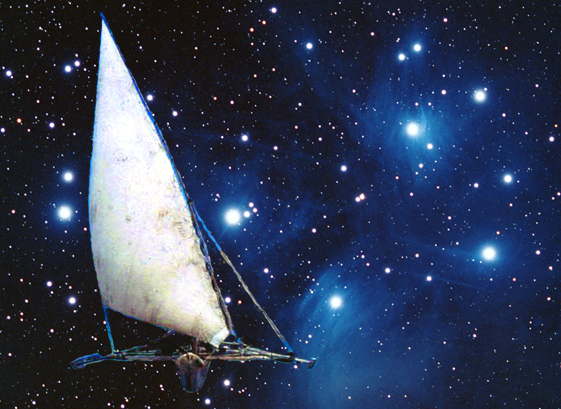
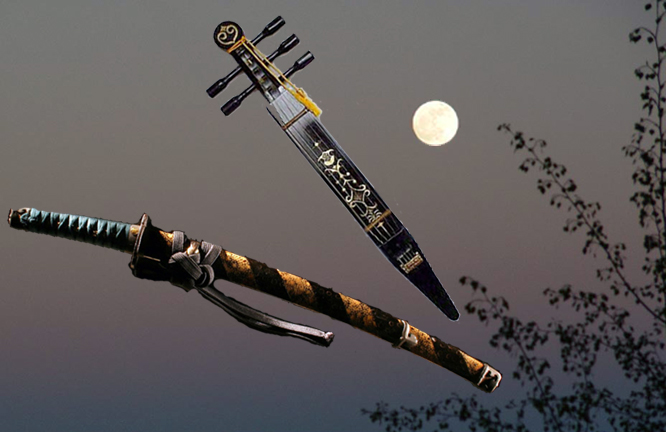

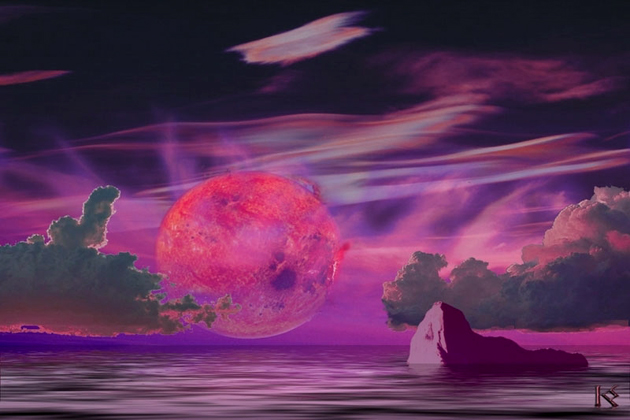
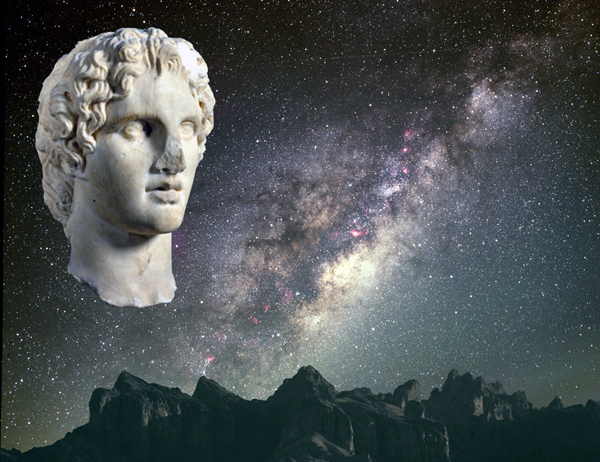

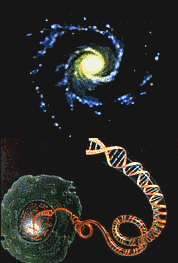 The Repercussions of Planetary Settlement
The Repercussions of Planetary Settlement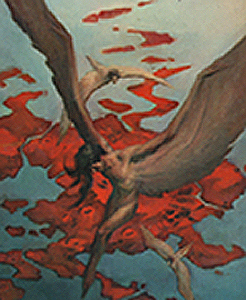 The Repercussions of Planetary Settlement
The Repercussions of Planetary Settlement The Repercussions of Planetary Settlement
The Repercussions of Planetary Settlement The Repercussions of Planetary Settlement
The Repercussions of Planetary Settlement